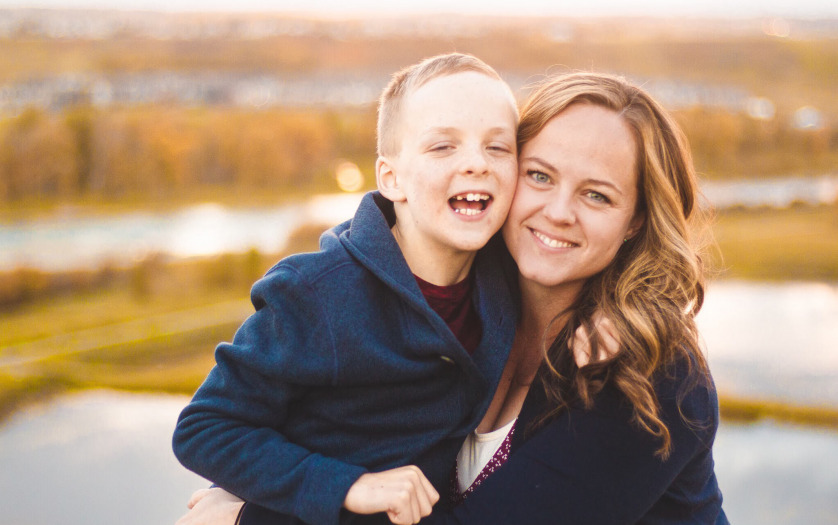
The Washington Post’s depiction of autism has shifted over the years from a focus on “cause and cure” toward one of acceptance and accommodation, say the authors of a study that examined 315 articles published from 2007 to 2017.
The findings, which appear in the current online edition of Disability and Society, suggest that media representations are changing to reflect new public attitudes generated in part by the autistic rights movement, say co-authors Noa Lewin, a 2018 graduate of UC Santa Cruz, and Nameera Akhtar, a professor of psychology at UCSC.
“There’s less focus on cause and a bigger focus on accommodation,” said Lewin (Kresge College, ’18, psychology and sociology), whose undergraduate senior thesis was the basis of the study. “Coverage has shifted more toward how to make life better for autistic people and less on what is causing autism.”
The paper, “Neurodiversity and Deficit Perspectives in the Washington Post’s Coverage of Autism,” is based on a content analysis of coverage beginning in 2007, before the putative link between the MMR vaccine and autism had been completely debunked. It ends 10 years later, when the neurodiversity rights movement had advanced understanding and awareness about the range of ways brains function and that variations from “normal” are not necessarily deficits. The researchers chose to examine the influentialWashington Post because it is widely read by legislators and policy makers.
“The autism self-advocacy movement has been around for a while, but the idea that autism is something that should be accommodated rather than ‘cured’ is new for people who haven’t been exposed to it,” said Nameera Akhtar.
In their analysis, Lewin and Akhtar found that the Washington Post’s articles over time were more likely to talk about “neurodiversity” and to acknowledge the strengths of autistic people. Articles also began to describe accommodations for autistic people, and a few began to feature the voices of autistic people themselves—a trend Lewin, who is autistic, particularly appreciated.








